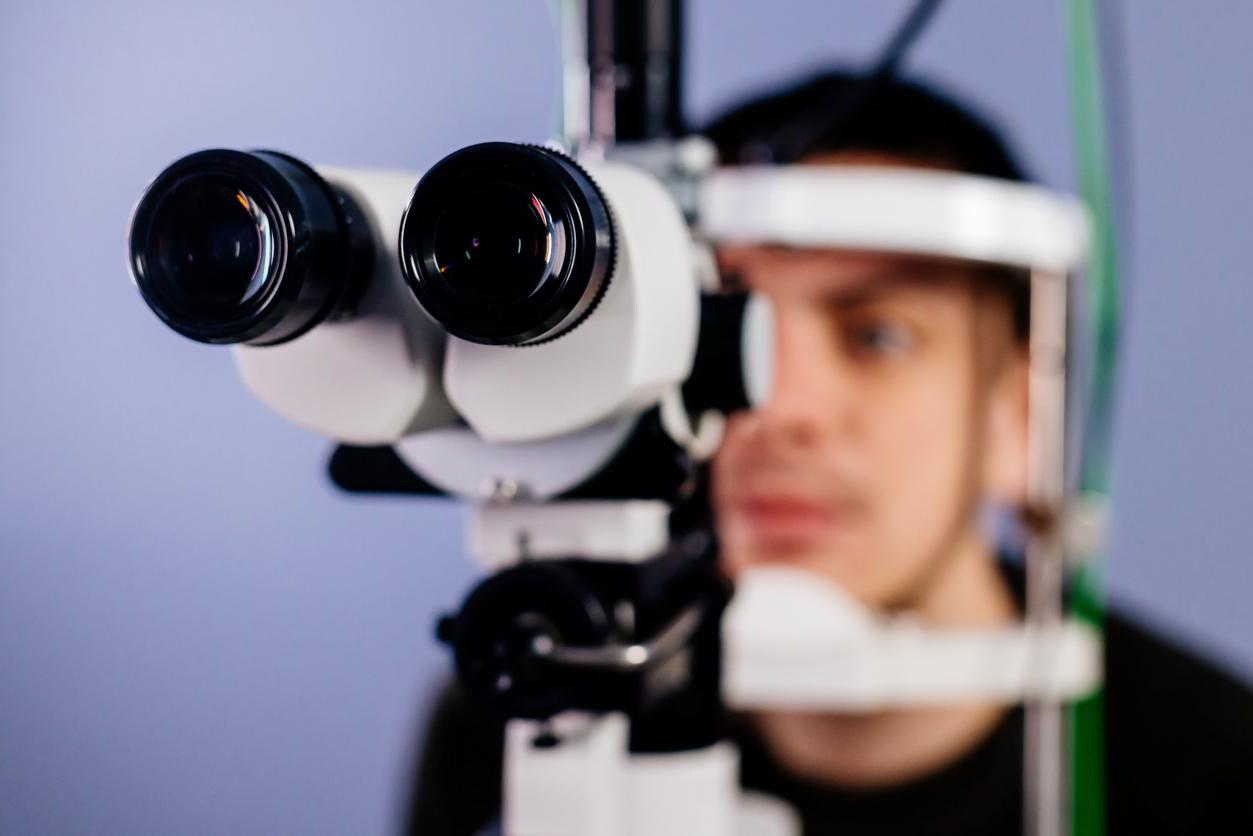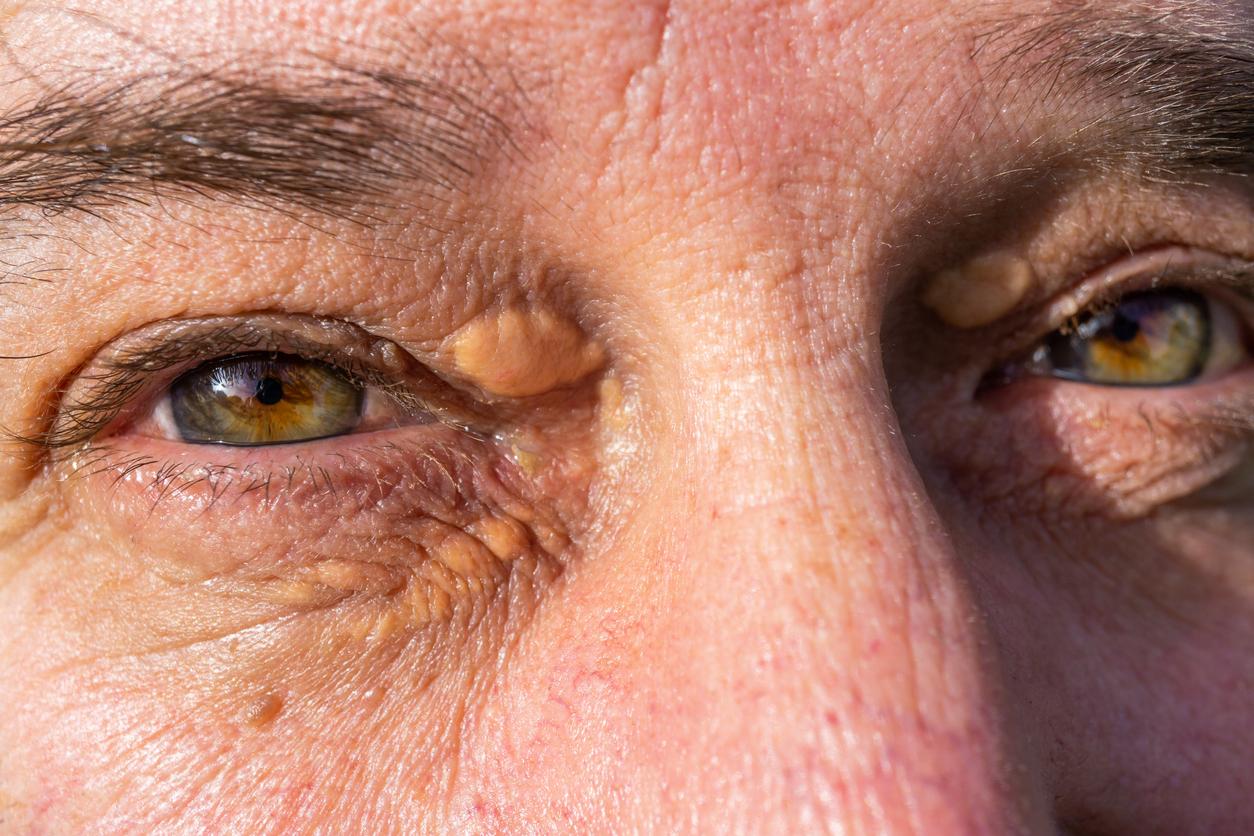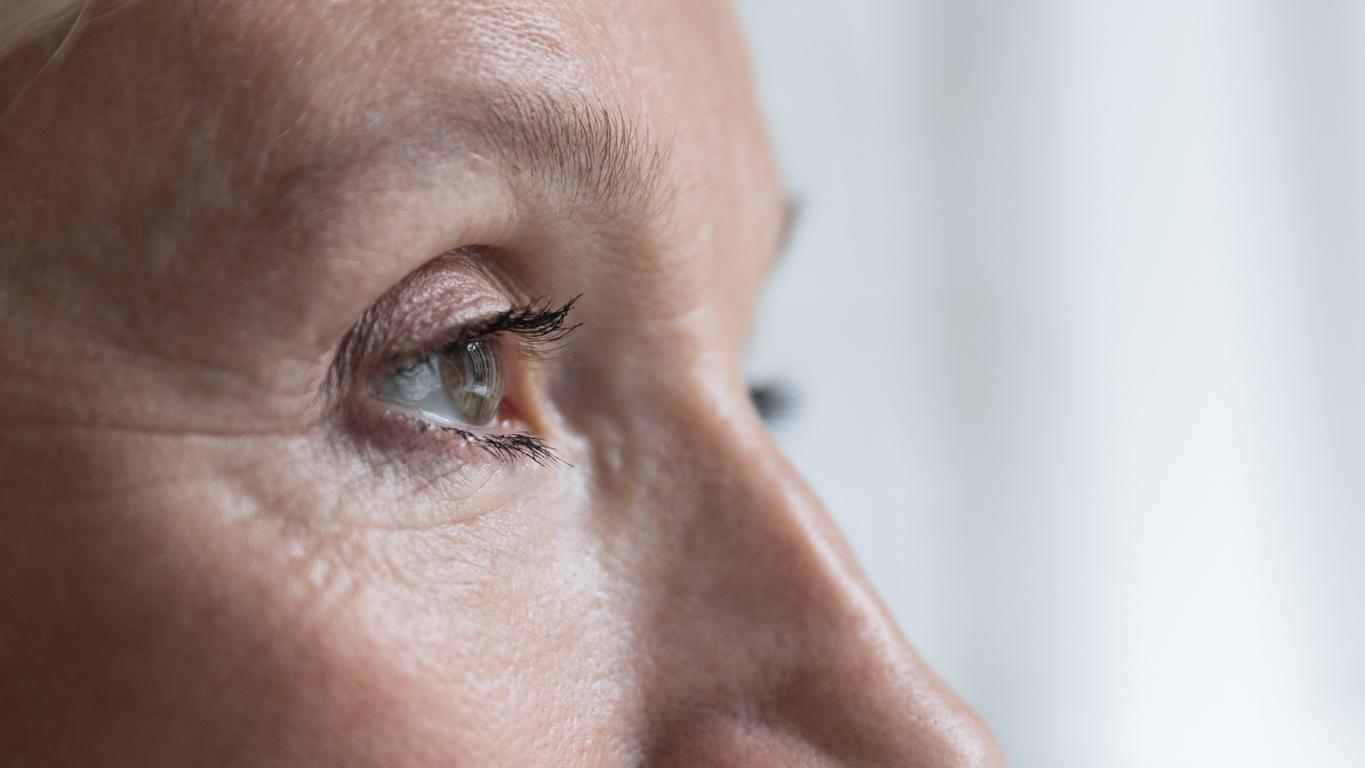Fifteen years ago, a splinter of wood was lodged in a man’s cornea and until now, it had never been detected by ophthalmologists because, not having any pain in the eyes, it did not hurt. had not consulted.

- A man has had a wooden chip in the cornea of one of his eyes for fifteen years.
- Except at the time of the accident, when he was gardening, he had no pain or vision problems.
- Ophthalmologists describe his case as “remarkable”.
The story dates back to the end of the 2000s. A man is injured while gardening, his eyes are affected. Nothing serious a priori and, over time, the pain diminishes. The patient no longer thinks about this accident.
A splinter of wood in the cornea
Today, this patient in his thirties suffers from diabetes, a disease which can cause vision problems. So, to prevent them, he has a check-up with the ophthalmologist. The latter notes the presence of a foreign body crossing the cornea in one of the patient’s eyes.
Ophthalmologists from Wayne State Universityin Detroit in the United States, and the Harvard Medical School reported this case in a study published in the journal BMJ Case Reports. The foreign body in the patient’s cornea actually measured three millimeters.
“Most cases are detected and treated quickly after the injury, as they often cause significant pain, redness and tearing, indicate the authors Daily Mail. However, in some cases the foreign body may be asymptomatic and remain undetectable for a long time.“
The patient’s eyes and vision were not impaired
So that’s what happened to this man. Researchers call his case “outstanding” because the splinter of wood could have perforated his cornea, which would obviously have had consequences on his vision, even going as far as a risk of blindness.
Ophthalmologists did not say whether they removed the foreign body from his cornea. Given the location of the wood splinter, this operation can be delicate. It is possible that the doctors, given that the patient has no pain, preferred to leave it in his cornea. On the other hand, if he suffers from pain, redness or vision problems, he should consult an ophthalmologist quickly.
“At the time of the injury, the patient reported experiencing pain and discomfort, but decided not to seek medical attention because the symptoms seemed to lessen over time, note the authors of the study. No further ophthalmologic evaluation or treatment was performed, and the patient’s vision appeared stable over the years.“
















